First Nations remains found at Slocan Pool area
The provincial government is now consulting with First Nations groups after a hiker found bones earlier this year at the Slocan Pool area, below the Kootenay Canal in South Slocan.
According to information provided by the Ministry of Forests, Lands and Natural Resource Operations, a hiker discovered bones at the popular recreation area on Feb. 26, 2014 and immediately contacted the RCMP to report the find.
The remains were then shipped to the B.C. Coroner in Burnaby, where it was determined that they are the “partial remains of one or more individuals” and passed the matter on the ministry’s Archeology Branch, which is responsible “For taking steps to facilitate the respectful handling and disposition of remains as per the provincial Heritage Conservation Act.
No details were provided as to the age or origins of the remains, but the Archeology Branch notified a number of First Nations about the find, including:
- Okanagan Indian Band
- Shuswap Indian Band
- Ktunaxa Nation Council
- Okanagan Nation Alliance
- Lower Similkameen Indian Band
- Penticton Indian Band
- Upper Nicola Indian Band
- ·Secwepemc Nation member bands
According to the ministry, the bones are currently being held at the BC Coroner’s office in Burnaby, with the government’s preference being to have them reburied near the site where they were found, which the majority of First Nations consulted in agreement with that plan.
The Sinixt were not consulted by the province because they were declared extinct by the federal government in 1956. But according to spokesperson, Dennis Zarelli, says the remains found are of a Sinixt ancestor and they would like to have the bones re-buried in the area.
“We are waiting to repatriate the remains and rebury them at the Sinixt Nation Vallican Heritage Site and Burial Grounds, along with Sinixt Ancestors and 64 other repatriated remains reburied in the last 25 years,” Zarelli says.
Not the first find in the area
This is not the first such find in the Slocan Pool area, according to longtime area resident, Peter Wood – who is also a member of the Slocan Pool Advisory Committee established by Columbia Power Corporation after it acquired the land from Cominco in 1998.
According to Wood, an area resident found bones on Gold Island in the Kootenay River about 40 or 50 years ago and took them to his house so they wouldn’t get washed away.
Wood, a former sciences instructor at Selkirk College, says the person who had the bones decided at some point they might be useful at the college for studies and they ended up being housed in the museum at Selkirk College for a number of years before being returned to the Sinixt for reburial.
“At some point there was an increasing awareness of native peoples’ concerns,” Wood notes.
“So staff at the college talked to the principal and between them they arranged to have the bones returned to the Sinixt. That would have been 20 years ago or more. They put it in their memorial graveyard up in Vallican.”
Wood noted that the Slocan Pool area was a fertile summer fishing grounds for First Nations because the series of waterfalls on the Kootenay River above the area kept salmon from moving upstream, creating a spawning grounds where the river pooled.


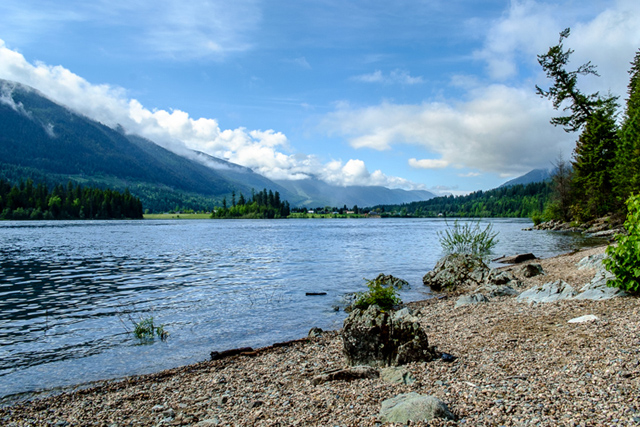
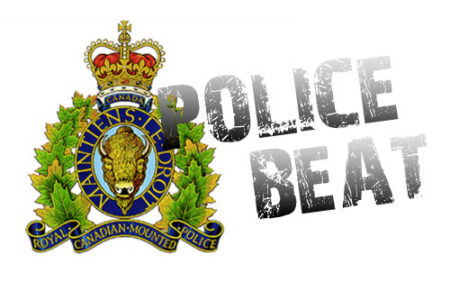
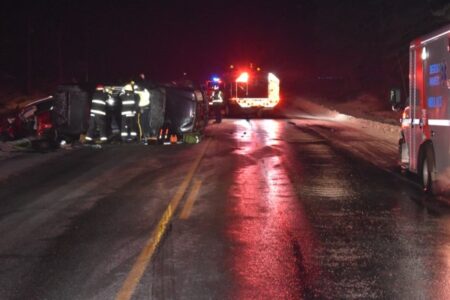
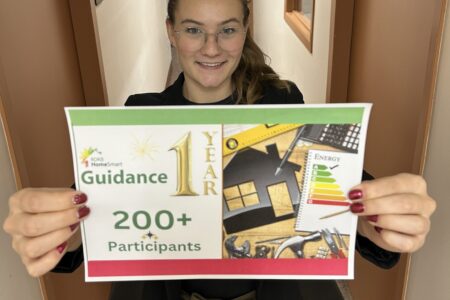
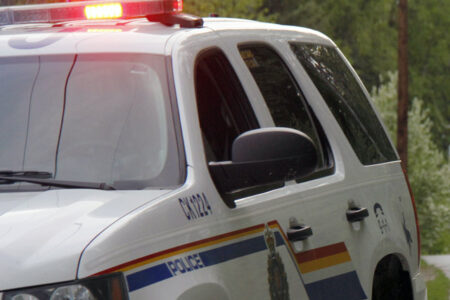

















Comments